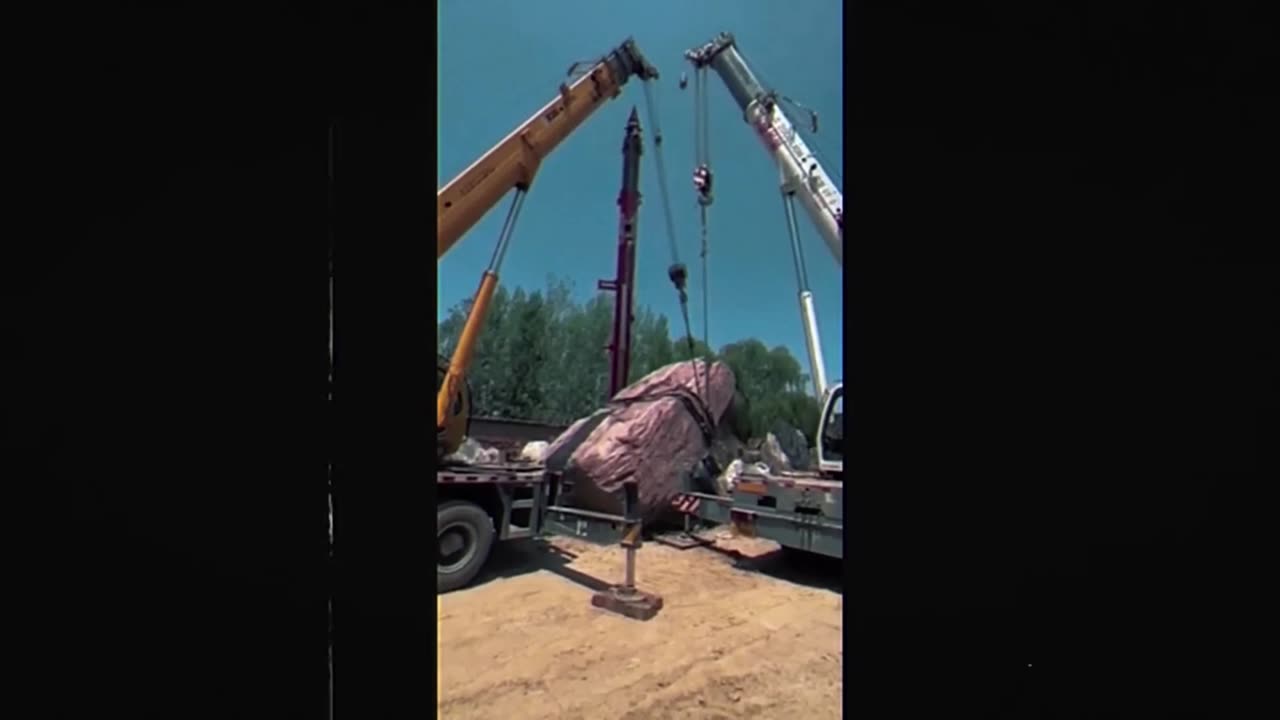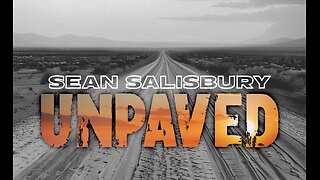Premium Only Content

THE ARC BEFORE NOAH…DECODING THE STORY OF THE FLOOD
The Ark Before Noah: Decoding the Story of the Flood is a fascinating book by Irving Finkel, a renowned British Assyriologist and curator at the British Museum. In it, Finkel explores the ancient Mesopotamian origins of the flood story that parallels the biblical tale of Noah's Ark.
Key Highlights:
Discovery of a New Tablet: The book was inspired by Finkel’s translation of a previously unknown Babylonian cuneiform tablet, which contains a version of the flood story. This version predates the Bible by centuries and adds new details to our understanding of the myth.
Circular Ark: One of the most intriguing aspects is that the Ark described in the tablet is round, more like a giant coracle (a traditional Mesopotamian boat), and constructed from reeds and bitumen. This directly challenges the popular image of Noah’s Ark as a rectangular boat.
Detailed Construction Instructions: The tablet contains exact measurements and materials for building the Ark, reflecting a highly sophisticated knowledge of boat-building at the time.
Connection to the Epic of Gilgamesh and Atrahasis: Finkel places this tablet within the broader Mesopotamian flood tradition, which includes earlier versions such as those found in the Epic of Gilgamesh and the Atra-Hasis epic.
Cultural and Theological Implications: The book delves into how these Mesopotamian myths might have influenced the biblical narrative and raises questions about the transmission of stories across cultures and time.
Finkel’s Style: It’s both scholarly and accessible. He’s witty, engaging, and passionate about ancient history. If you enjoy charismatic experts digging deep into ancient texts with humor and clarity, Finkel’s style is a treat.
📜 Summary of the Babylonian Flood Tablet (Finkel’s Tablet)
The tablet that Irving Finkel translated is from the Babylonian period and written in Akkadian cuneiform. It contains detailed instructions from the god Ea to a man named Atra-Hasis (or a similar figure), warning of an impending flood.
⚒️ Construction Details:
Ark Shape: Round—like a massive coracle.
Dimensions: 120 cubits in diameter (roughly 200 feet / 60 meters).
Materials:
Reeds (used as a frame),
Rope (to tie it all together),
Bitumen (a natural tar-like substance used to waterproof it).
Structure: Divided into compartments—possibly for different animals or to prevent capsizing.
🐘 Animals:
Pairs of animals are mentioned, though the wording isn’t always clear. The idea of saving “two of each kind” was already in Mesopotamian myth before Genesis.
🌊 Flood Narrative:
1. The gods decide to destroy humankind due to their noise or sinfulness.
2. Ea secretly warns the hero and tells him to build the boat.
3. A massive flood wipes out life.
After the flood, the boat comes to rest and birds are released to find dry land (just like in Genesis).
🤯 Big Takeaways from Finkel’s Work
The flood story was not unique to the Bible—it had deep roots in Mesopotamian oral tradition.
Details like the birds and saving animals came from earlier versions, centuries before Genesis was written.
The round Ark completely changes our mental image—and shows how myths evolve depending on local culture and practical knowledge (round coracles were actually used in Mesopotamia).
📚Book Link: The Ark Before Noah Decoding the Story of the Flood by Irving Finkel
Video 2 (Bottom): Before the Flood: The Civilization They Don't Want your to Know About - The Anunnaki Connection
🕵️♂️ The similarities with older Mesopotamian texts
-
 LIVE
LIVE
Dr Disrespect
3 hours ago🔴LIVE - DR DISRESPECT - CRONOS: The New Dawn - FIRST IMPRESSIONS
2,341 watching -
 LIVE
LIVE
LindellTV
34 minutes agoBREAKING: FBI Returns Mike Lindell’s Cellphone
243 watching -
 LIVE
LIVE
Reidboyy
22 minutes ago$20 Billion Dollar Warzone Tournament! Protect The President
42 watching -
 1:15:26
1:15:26
Tucker Carlson
1 hour agoWhistleblower Exposes the Real Puppet Masters Controlling the State Department and Plans for Gaza
12.1K15 -
 LIVE
LIVE
StoneMountain64
1 hour agoHelldivers 2 just KEEPS GETTING BETTER
82 watching -
 2:10:10
2:10:10
The Culture War with Tim Pool
3 hours agoNational Guard Sent To Chicago - Fascism Or Salvation Debate | The Culture War with Tim Pool
125K141 -

Side Scrollers Podcast
2 hours agoStreamer KICKED OUT of Renaissance Fair for Misgendering + Spiderman MELTDOWN | Side Scrollers Live
8.41K -
 LIVE
LIVE
Viss
1 hour ago🔴LIVE - Learn How To Dominate The Solo Battleground - PUBG
94 watching -
 LIVE
LIVE
Sean Unpaved
2 hours agoFumbles, Flubs, & Loogies: NFL Opener Chaos
111 watching -

The Shannon Joy Show
2 hours ago🔥🔥Friday Freestyle! - MAGA Erupts Over Trump-Gates Bromance🔥🔥
4605